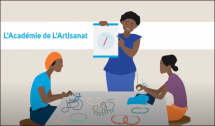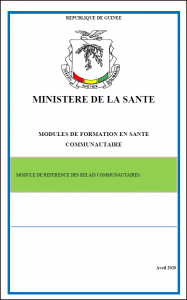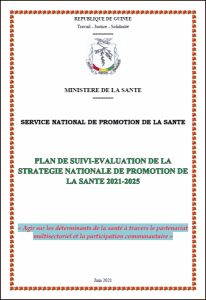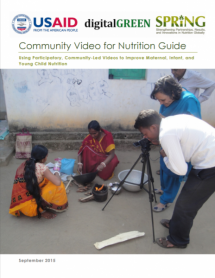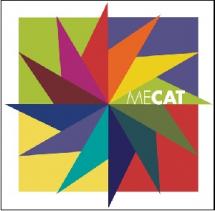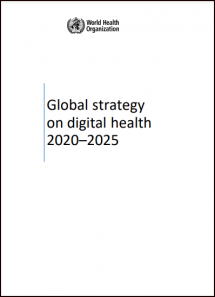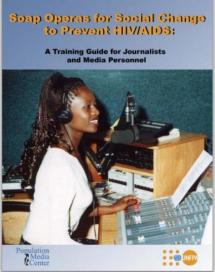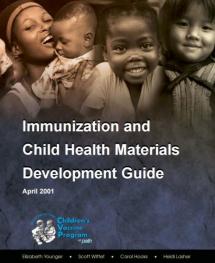Understanding Individual and Social Risk Factors Related to Priority Zoonotic Diseases in West Africa: A Review of the Literature
This literature review summarizes the available published literature on behavioral determinants and sociocultural systems and norms that influence specific priority zoonotic diseases in West Africa.
It provides a starting point for further qualitative and quantitative investigation to inform the development of social and behavior change resources and tools that may contribute to the development and maintenance of effective risk communication systems.
View the resource in English and French.
Source: Breakthrough ACTION/Johns Hopkins Center for Communication Programs
Date of Publication: September 22, 2021
SIMILIAR RESOURCES
Tools
Examples
- The SBCC Emergency Helix
- Promoting Quality Malaria Medicines Through SBCC: An Implementation Kit
- Models of University Engagement with Practice
- Priorities for the Global COVID-19 Response
- Zika Virus Global Emergency Response Plan
- Understanding the Situation: Practitioner's Handbook
- Prevention of Sexual Transmission of Zika Virus
- Understanding Individual and Social Risk Factors Related to Priority Zoonotic Diseases in the Democratic Republic of the Congo: A Review of the Literature
- Factors Influencing Perceived Risk of Zoonic Diseases and Effectiveness/feasibility of Related Preventions Behaviors
- Guide de message harmonisé pour les comportements prioritaires en Guinée
- Vulnerable Girls and HIV in Sub-Saharan Africa: A Literature and Program Review


